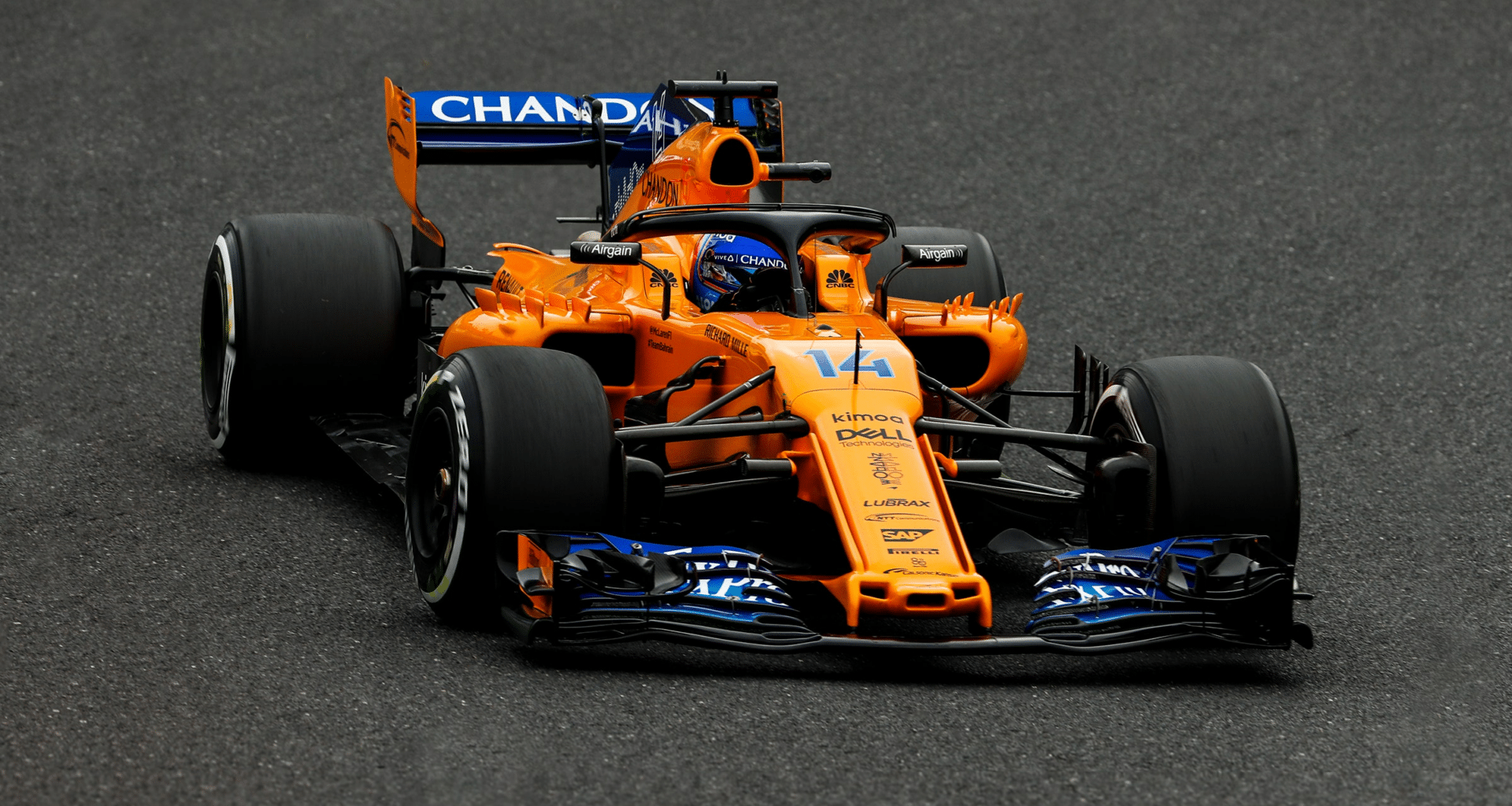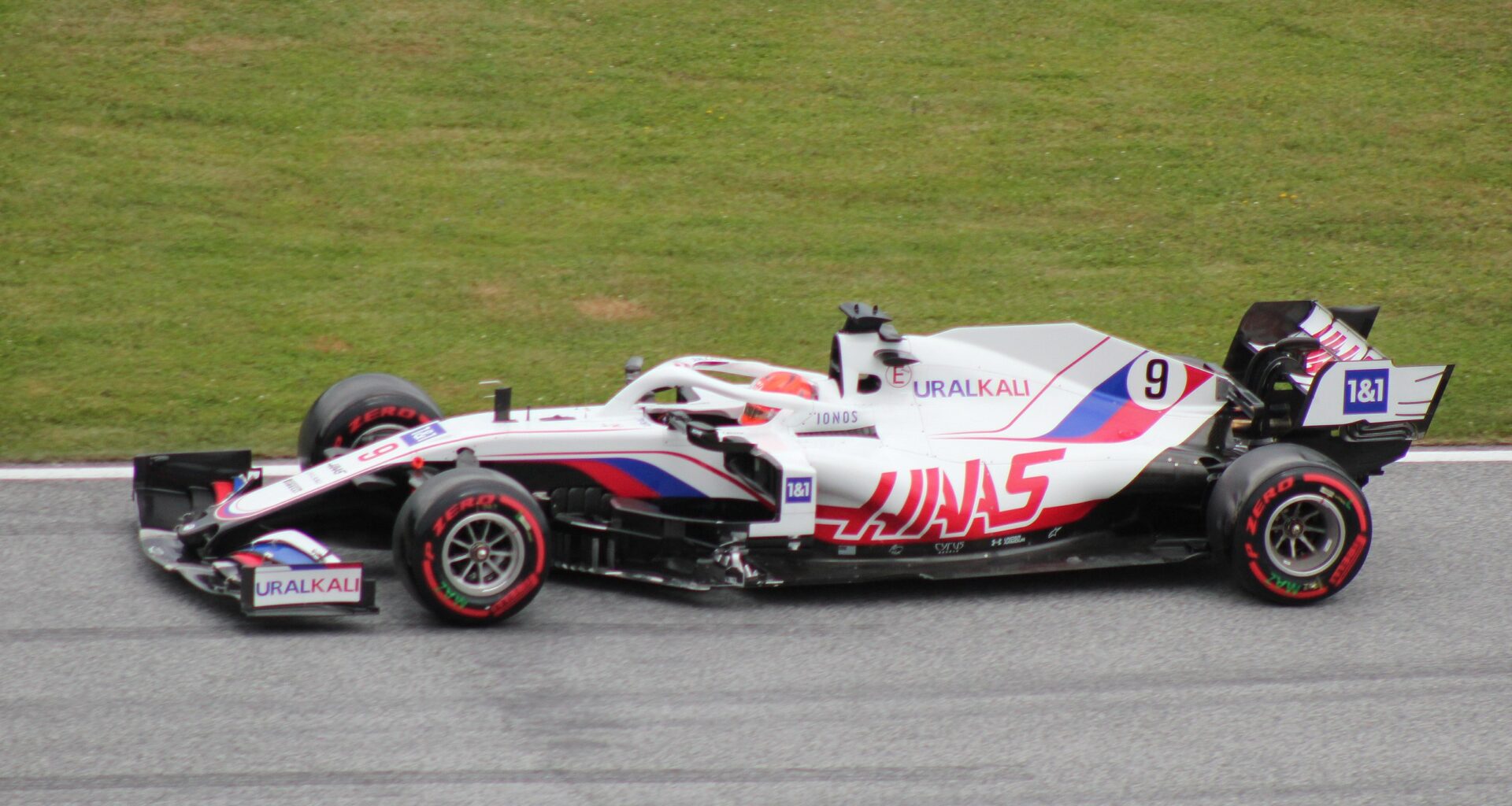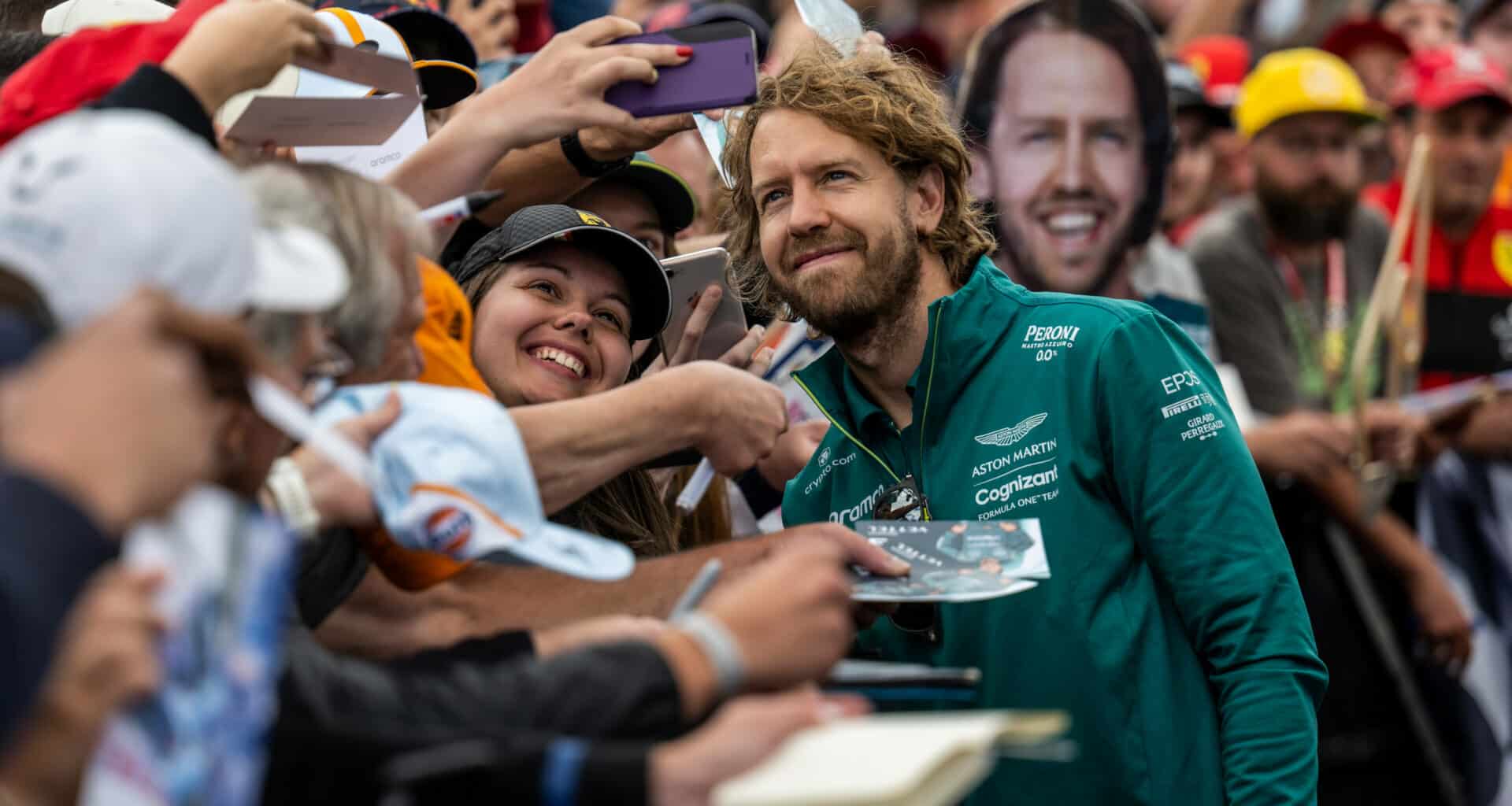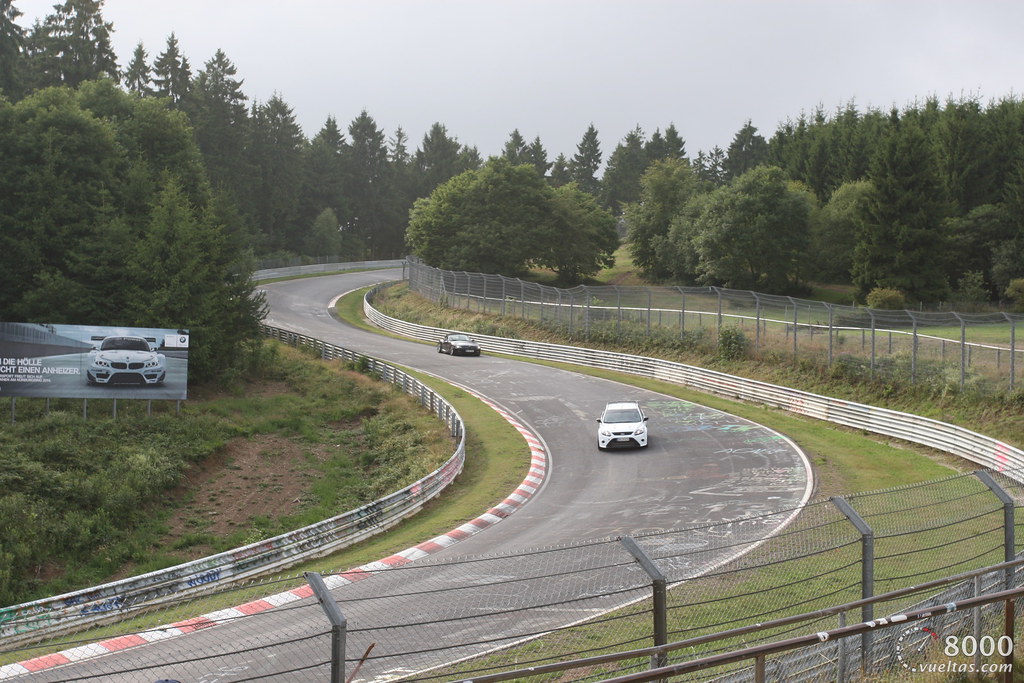One of the most thrilling and difficult racing divisions is Formula 1, where drivers and teams push their vehicles to the utmost in the pursuit of victory.
In F1 racing, the apex is a key concept that affects the cars’ turning strategies and top speeds as they travel the circuit.
In this in-depth analysis of the apex’s function in Formula One racing, we’ll look at its significance, various apex varieties, and the tactics employed by drivers to attain it.
Table of Contents
- 1 The Importance of Apex in Cornering Techniques
- 2 Different Types of Apex in Formula 1 Racing Lines
- 3 Mastering Braking Points and Turn-in Points for Optimal Apex
- 4 Utilizing Trail Braking and Neutral Throttle Techniques
- 5 The Role of Downforce and Aerodynamics in Achieving Apex
- 6 Adjustable Factors that Influence Cornering Speed and Apex
- 7 Analyzing Common Apex Strategies among Formula 1 Drivers
The Importance of Apex in Cornering Techniques

The innermost point of the racing line that is followed into a corner is referred to as the apex.
The time spent on the turn is reduced since the driver can maintain the highest speed and straightest path through the bend by hitting the apex.
Successful cornering depends on mastering the proper approach to the apex since it controls the maximum speed a car can travel through the turn and the ensuing acceleration on exit.
The effectiveness of a driver’s cornering tactics is crucial to their overall racing performance.
A skillfully handled corner can reduce the time it takes to complete a lap, thereby assisting the driver in gaining or maintaining position.
On the other hand, a poorly executed corner can result in errors, losing the driver significant time and creating openings that their rivals can take advantage of.
Different Types of Apex in Formula 1 Racing Lines
The geometric apex and the racing apex are the two primary forms of apex in F1 racing lines.
The geometric apex, which is the center point inside a corner with a constant radius, is frequently employed when turning quickly while reducing the severity of the turn.
This strategy is suitable for less powerful vehicles or for inclement weather driving.
In contrast, the racing apex enables early acceleration and makes the most of the next straights.
For powerful cars and competitive racing situations, this tactic works well.
Mastering Braking Points and Turn-in Points for Optimal Apex
Achieving the ideal apex requires careful planning of the braking and turn-in points.
Before a corner, a driver starts to slow down at the “braking point,” and at the “turn-in point,” they begin to make the turn.
The characteristics of the car, the turning plan, and the race circumstances are only a few of the variables that affect the ideal braking point and turn-in point.
Successful racing depends on calculating and perfecting the braking points and turn-in locations for an ideal apex.
Correct turn-in points guarantee the ideal line entering a corner, while effective braking enables a driver to slow down sufficiently to clip the apex.
Utilizing Trail Braking and Neutral Throttle Techniques
Experienced drivers can use neutral throttle and trail braking tactics to hit the exact apex.
When entering a corner, trail braking is the practice of keeping light brake application to lessen understeer and improve turn-in.
When a driver uses neutral throttle, they maintain a constant speed throughout a corner, allowing them to reach the apex and then accelerate on the way out with little need to modify their path.
The Role of Downforce and Aerodynamics in Achieving Apex
In Formula One racing, downforce and aerodynamics are key factors in helping vehicles reach the apex.
Downforce is a force that accelerates automobiles downhill while enhancing grip, which enhances cornering performance.
Teams design their vehicles’ front and rear wings, diffusers, and other features to maximize downforce and cornering speeds. Aerodynamics is essential in optimizing downforce levels.
Adjustable Factors that Influence Cornering Speed and Apex
F1 drivers can alter a variety of variables to affect the pace and apex of their turns.
These variables include brake balance, front and rear wing angles, suspension stiffness and damping, tire pressures, camber angles, and suspension geometry.
Drivers can fine-tune their cars’ performance and obtain the perfect apex for various bends and racing situations by making changes to these components.

Analyzing Common Apex Strategies among Formula 1 Drivers
Several apex strategies are used by Formula 1 drivers based on their car, the track, and the circumstances.
Some drivers might use the “late-apex” strategy, emphasizing faster departure speeds for faster top speeds on the straights that follow.
Others might choose a geometric apex strategy, seeking to preserve momentum and carry the most speed possible into the corner for faster lap times overall.
In the fiercely competitive world of F1 racing, an understanding and analysis of these methods can offer priceless insights into a driver’s cornering style, racing temperament, and overall performance.




